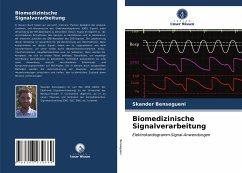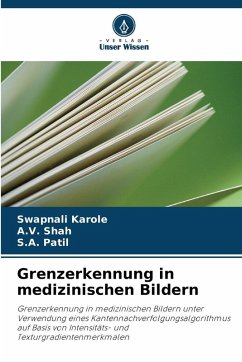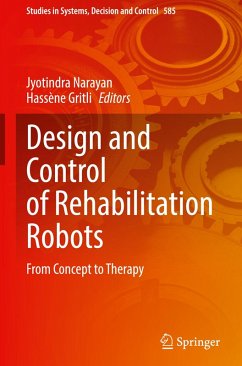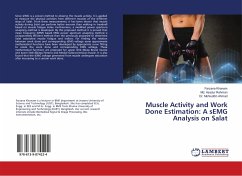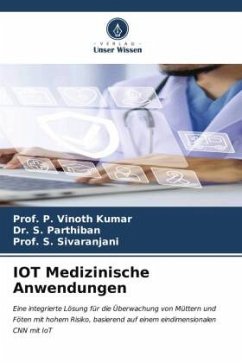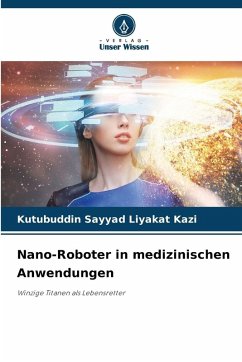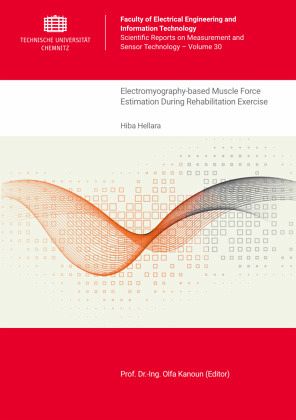
Electromyography-based Muscle Force Estimation During Rehabilitation Exercise
Dissertationsschrift
Versandkostenfrei!
Versandfertig in 6-10 Tagen
16,90 €
inkl. MwSt.

PAYBACK Punkte
0 °P sammeln!
Rehabilitation therapy often relies on subjective assessments of exertion and fatigue, lacking objective metrics to guide treatment. This thesis explores surface electromyography (sEMG) as a tool for force estimation and fatigue detection in hand rehabilitation. Eight sEMG sensors were placed on key flexor and extensor muscles. Voluntary force was measured using a grip strength dynamometer for maximal force and a numeric dynamometer for continuous estimation, while fatigue was classified from sEMG features. Distinct muscle contributions were observed at different force levels, with clear signa...
Rehabilitation therapy often relies on subjective assessments of exertion and fatigue, lacking objective metrics to guide treatment. This thesis explores surface electromyography (sEMG) as a tool for force estimation and fatigue detection in hand rehabilitation. Eight sEMG sensors were placed on key flexor and extensor muscles. Voluntary force was measured using a grip strength dynamometer for maximal force and a numeric dynamometer for continuous estimation, while fatigue was classified from sEMG features. Distinct muscle contributions were observed at different force levels, with clear signal changes under fatigue, linking activity to anatomy.A feature engineering approach extracted 21 features across time and frequency domains, evaluated with seven methods; Mutual Information provided the best results. For maximal force estimation, 50 features achieved 98.68% accuracy; for continuous estimation, 110 features reached 90.17%. Fatigue classification with 18 features achieved 99.58%. To reduce sensitivity to sensor placement, common features per sensor were identified, maintaining high accuracy (97.20% for maximal force, 86.45% for continuous estimation, 99.62% for fatigue). Validation on 15 exercises confirmed 92.88% accuracy for force estimation and 98.80% for fatigue detection. These results demonstrate the potential of sEMG to deliver reliable, anatomy-informed metrics that support personalized hand rehabilitation.




